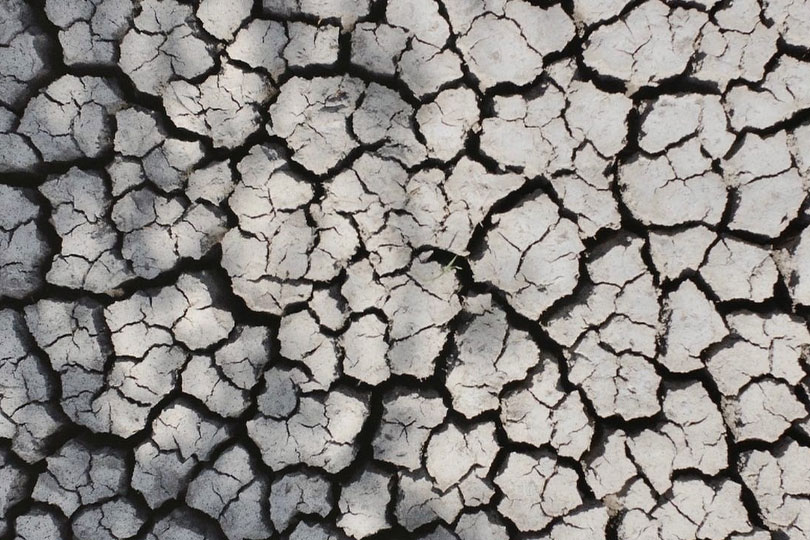This year was the 11th driest Texas has experienced in the last 128 years, and the worst drought since 2011. The state is finally seeing some relief, but agriculture and the state’s economy suffered greatly from the high temperatures and dry conditions experienced throughout the year.
The 2011 drought led to $7.62 billion in agricultural losses and $17 billion in total losses for the state, according to the December 2022 Fiscal Notes published by the Texas Comptroller’s office.
A similar impact is expected for the 2022 drought, the Comptroller’s office said.
“This present drought has spelled disaster for the state’s cotton industry,” Texas Comptroller Glenn Hegar said. “One estimate says cotton producers, which are concentrated in the Panhandle, will lose about $2.1 billion in total economic activity, not including the losses covered by crop insurance. Although crop insurance helps producers recoup revenue losses, it doesn’t help businesses and consumers further down the supply chain.”
The drought also had a devastating impact on forage production and water availability for livestock, which led to increased numbers of cattle, sheep and goats being sold across the state.
In fact, prolonged drought conditions sent cattle to livestock markets in numbers that haven’t been seen in a decade.
Texans, especially farmers and ranchers, are no strangers to drought.
“But just because Texans have come to expect drought doesn’t mean they are complacent about the destruction it can bring,” the December 2022 Fiscal Notes reads.
Water availability and management is also a concern, Hegar noted.
“With the population ballooning and businesses booming, it comes as no surprise that Texas will need a lot of water to stay afloat,” Hegar said. “But planning for Texas’ future water needs requires the dedication and resourcefulness of organizations and passionate individuals.”

